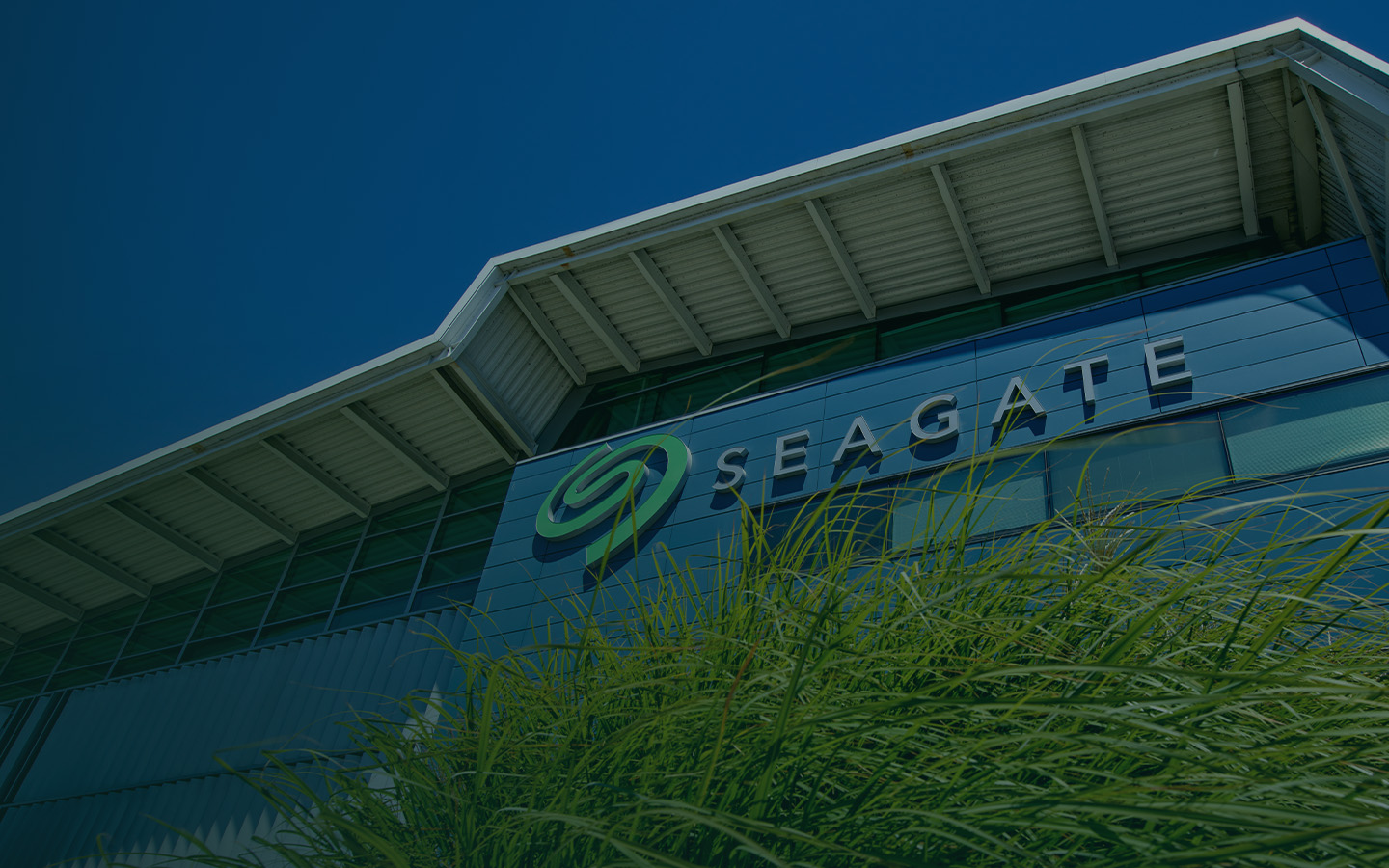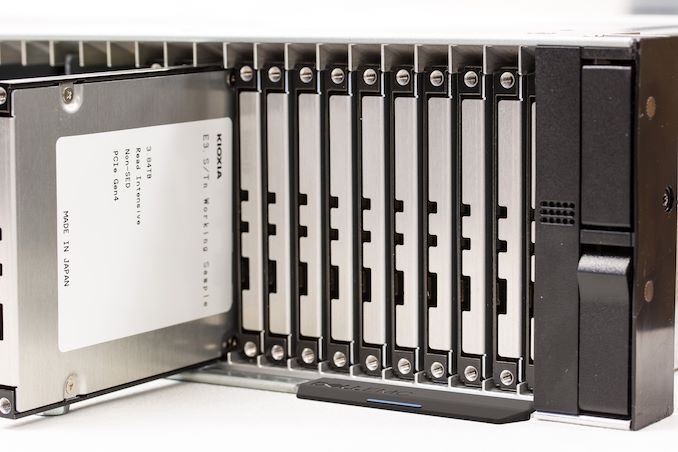- Joined
- Oct 9, 2007
- Messages
- 47,690 (7.42/day)
- Location
- Dublin, Ireland
| System Name | RBMK-1000 |
|---|---|
| Processor | AMD Ryzen 7 5700G |
| Motherboard | Gigabyte B550 AORUS Elite V2 |
| Cooling | DeepCool Gammax L240 V2 |
| Memory | 2x 16GB DDR4-3200 |
| Video Card(s) | Galax RTX 4070 Ti EX |
| Storage | Samsung 990 1TB |
| Display(s) | BenQ 1440p 60 Hz 27-inch |
| Case | Corsair Carbide 100R |
| Audio Device(s) | ASUS SupremeFX S1220A |
| Power Supply | Cooler Master MWE Gold 650W |
| Mouse | ASUS ROG Strix Impact |
| Keyboard | Gamdias Hermes E2 |
| Software | Windows 11 Pro |
Here's one of the first pictures of a mechanical HDD with NVMe interface. Seagate is apparently in production of an Exos-series Enterprise HDD featuring U.2 NVMe interface where one would expect SAS 12 Gbps. We seriously doubt if the HDD is fast enough to take advantage of U.2 NVMe (at least 32 Gbps per direction), but the move to NVMe probably has to do with the decline of older interface standards such as SAS 12 Gbps and SATA 6 Gbps in the enterprise space for cold-storage, and that future generations of rackmount DAS and NAS enclosures could increasingly feature U.2 backplanes, phasing out SAS and SATA. This is like when optical drives switched over to SATA despite not needing the bandwidth SATA had to offer (optical discs barely move a few dozen MB/s, for which even ATA33 IDE was sufficient). We don't know how the Seagate Exos drive handles NVMe internally—whether there is a new native NVMe controller, or whether this is really just a SAS 12 Gbps drive with a PCIe-to-SAS bridge chip.

View at TechPowerUp Main Site | Source

View at TechPowerUp Main Site | Source









